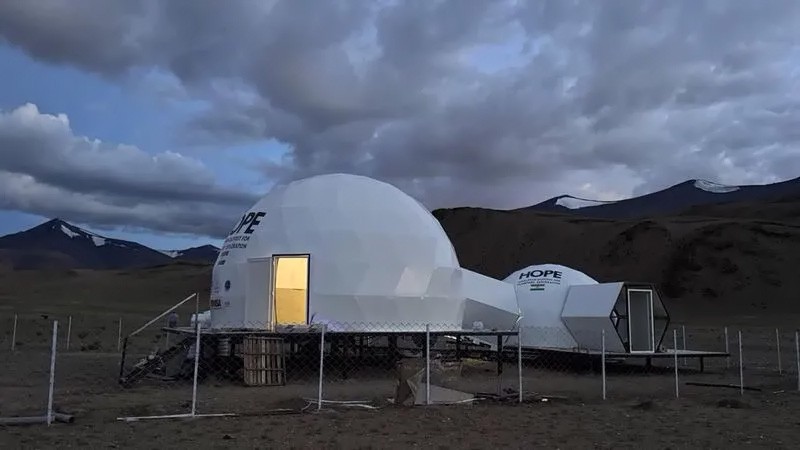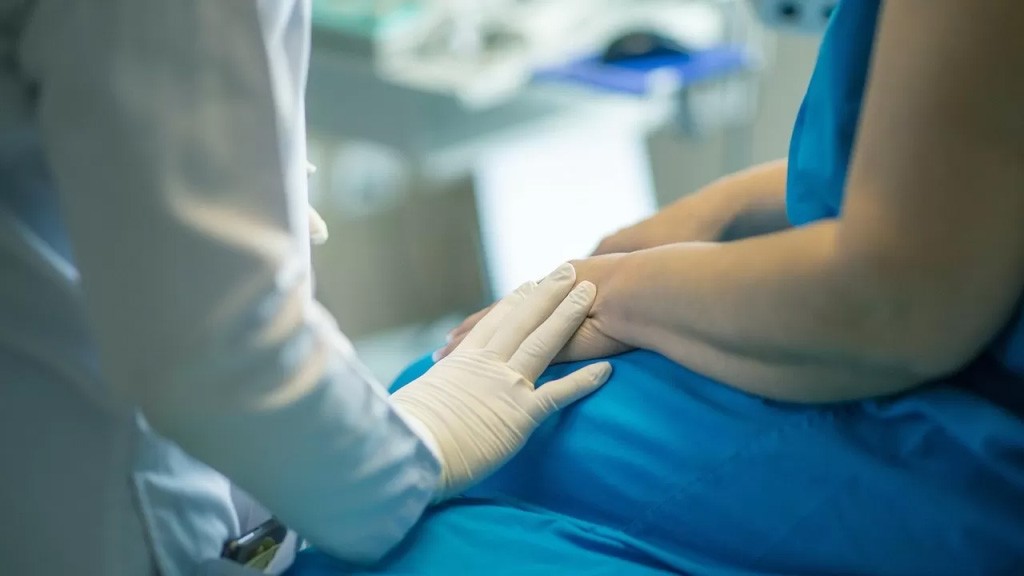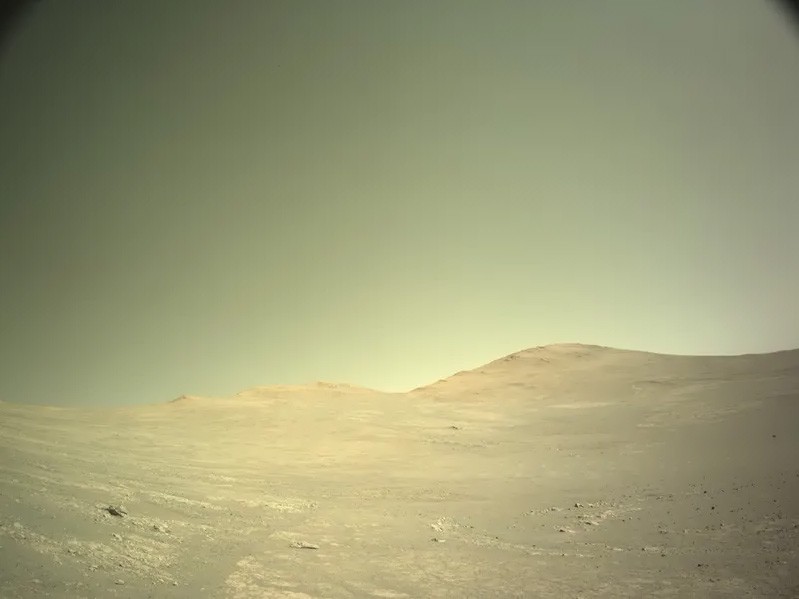Varda Space Industries has announced the launch of its fourth W-4 spacecraft, which will be a key stage in the development of drug production in microgravity. The spacecraft is scheduled to be launched into orbit on June 21 as part of a SpaceX mission from Vandenberg Air Force Base in California.
The W-4 is the first Varda device to be fully developed and manufactured by the company itself. According to Varda CTO Niccolas Cialdella, the transition to vertical integration will speed up development, increase flexibility and reduce the time between launches. Previously, the W-1, W-2, and W-3 missions were based on Rocket Lab platforms. The new approach should allow for more frequent launches.
The weight of the W-4 Winnebago is 120 kg. It is designed for orbital missions lasting from a few weeks to several months. The design includes a satellite platform and a capsule with a payload for pharmaceutical processing. At the end of the mission, the capsule returns to Earth, entering the atmosphere at a speed of more than Mach 25. Landing is carried out using a parachute system. As part of W-4, the heat shield developed by Varda C-PICA (Conformal Phenolic Impregnated Carbon Ablator), created on the basis of NASA technologies, will be used for the first time.
The main scientific goal of the mission is to conduct an experiment on solution crystallization. Under zero-gravity conditions, it is planned to produce crystals with unique properties that are difficult or impossible to reproduce in terrestrial laboratories. These data will help to deepen our understanding of the impact of the space environment on pharmaceutical production.
Varda has received a five-year license from the US Federal Aviation Administration (FAA) for an unlimited number of landings in Australia, which allows the company to conduct multiple missions without having to request separate permits for each return. Varda was the first to fully implement the new licensing regime.
The company plans to reach a monthly launch rhythm and continues to expand its production and testing infrastructure in El Segundo, California, to meet the growing demand from the pharmaceutical industry, defense departments, and organizations that previously relied on ISS resources. Taking into account the planned completion of the ISS operation by 2030, the Varda autonomous platform becomes a promising alternative for conducting research in microgravity.













